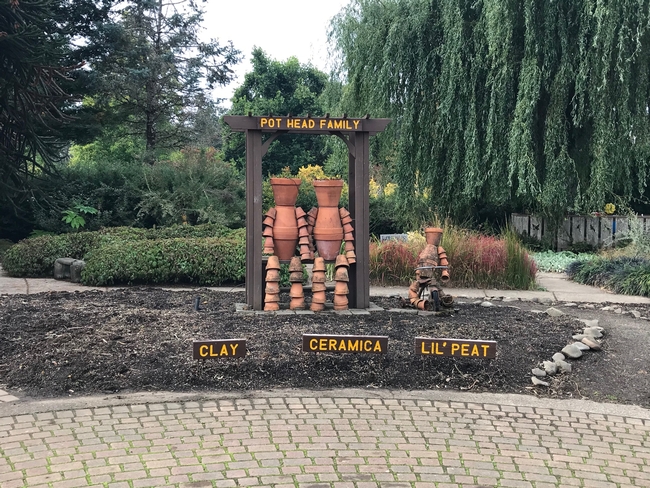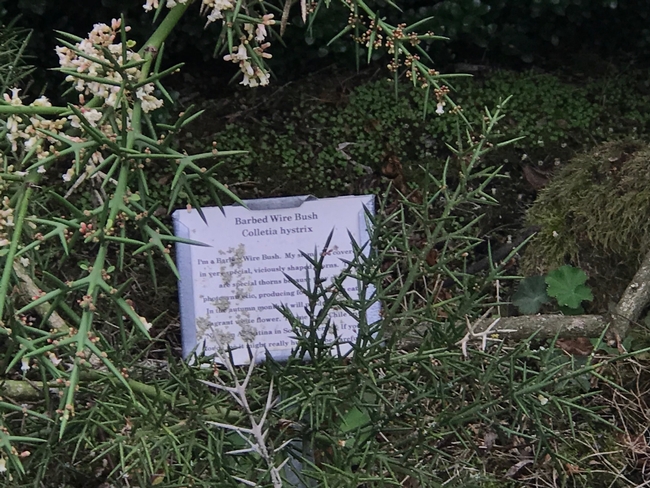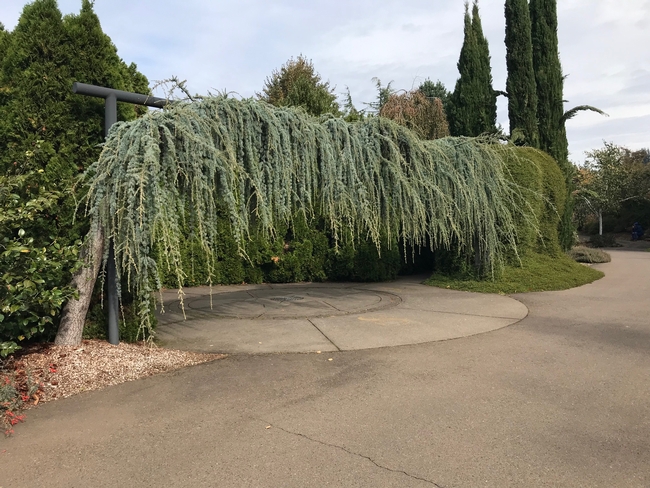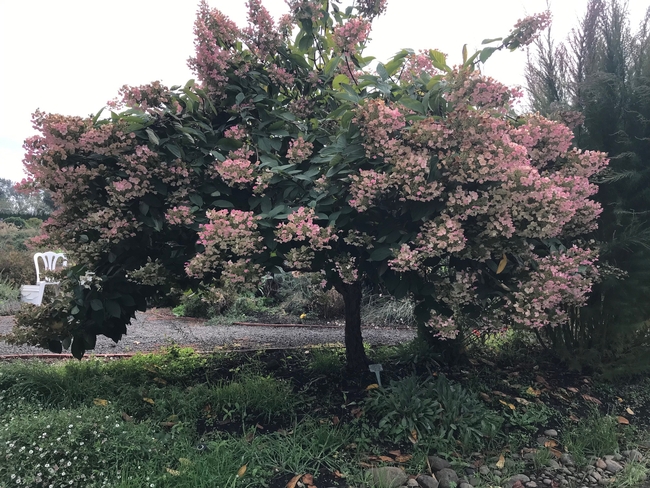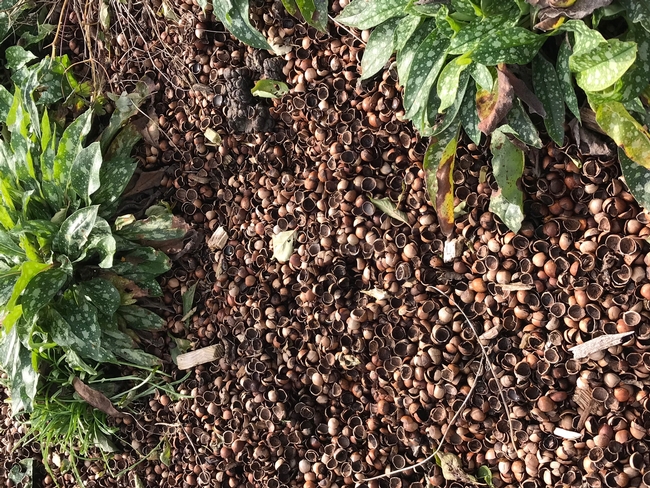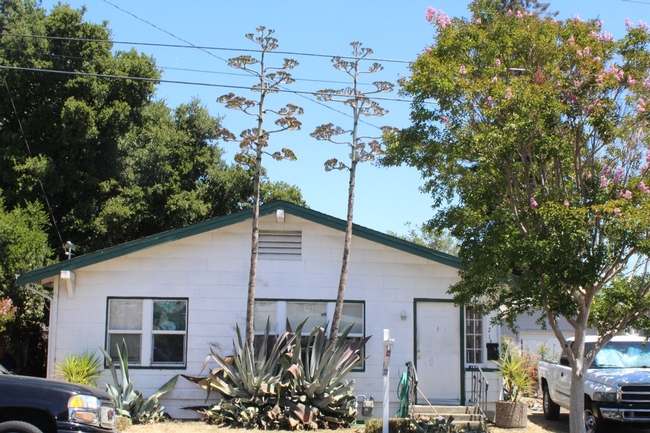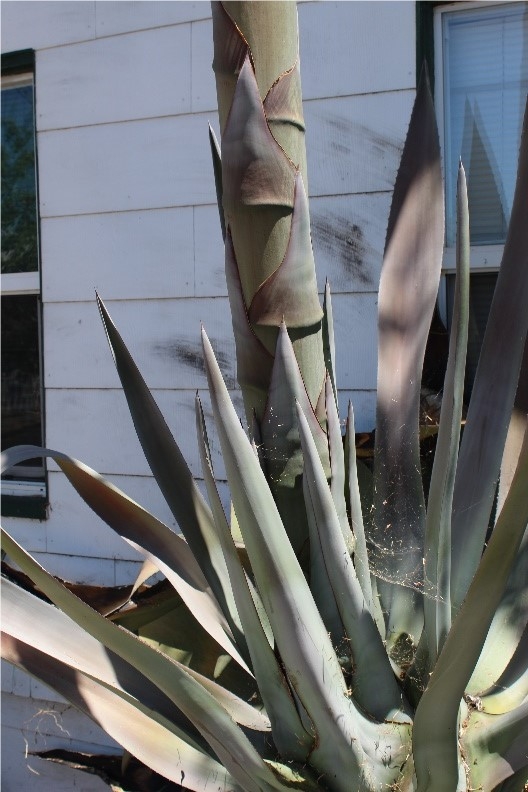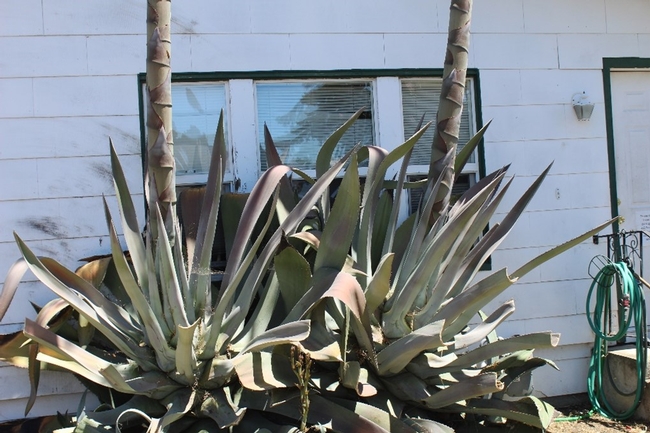UC Gardening Blogs
No-Chill Bulbs for Spring Blooms
At this time of year bulbs are appearing at nurseries and big retail stores as well as in the...
'President's Prize' for UC Davis Graduate Student's Presentation on Bumble Bees
"Native bees, including bumble bees are important pollinators but face threats from multiple...
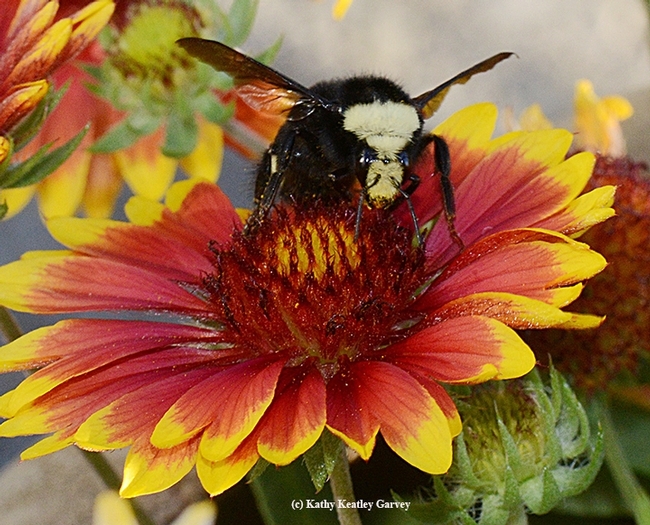
A yellow-faced bumble bee, Bombus vosnesenskii, nectaring on a blanket flower, Gaillardia. (Photo by Kathy Keatley Garvey)
The Oregon Garden
In early October we were able to visit The Oregon Garden in Silverton. This 80-acre botanical garden is made up of over 20 specialty gardens. Normally there is a tram available to transport you to different areas, but because of COVID, it was not running.
The Amazing Water Garden and The Wetland Area combine to cool and recycle the town of Silverton's treated wastewater. At the same time, they are creating a wildlife habitat. We counted ducks in the central pond area and later saw wild turkeys in the outer Wetland Area.
The Children's Garden was quite fun being made up of several areas watched over by the Pothead Family. There was a Weird Plant section that included Barbed Wire Bush, Colletia hystrix, Monkey Puzzle Tree, Araucaria araucana, and Curly Willow Tree, Salix matsudana ‘Tortuosa'. Another area had riddle stones, large flat rocks each painted with a different word. Each of these words turned out to be the answer to a series of riddles that were posted on a central sign. Since everything was a bit damp that day, we steered our toddler companions away from the Dig for Dinosaur Bones Sand Pit area. Luckily, there was a train garden nearby.
A lovely Conifer Garden that specialized in dwarf varieties had winding pathways that the children loved. The Pet-Friendly Garden was another hit. This garden had a small fountain and pond with whimsical statues of children and their animals. We spotted dogs, frogs, and hummingbirds. All the plants in the garden were non-toxic to pets.
To enter The Sensory Garden, we passed under a beautiful trellised Port Orford Cedar, Chamaecyparis lawsoniana, archway. There was also an inventive “Rain Curtain” water feature that edged the central paved courtyard. This feature really accentuated the beautiful views of the main garden behind it.
The Rediscovery Forest was an area that had been reforested and was used as the educational base for school classes, grades 4-6, that visit the garden. Their teachers can choose from several modules: Healthy Forest, Food Web, and Plant and Animal Adaptations. We had seen a group of children clearly on a scavenger hunt in the main garden. It turned out they were searching for specific examples of plant adaptations.
In another area of the garden, I spotted a small flowering tree which was very intriguing. As I got closer, I realized the blooms were that of a hydrangea! Peegee Hydrangea, Hydrangea paniculata ‘Grandiflora' prefers moist rich well-drained soil and sun to partial shade. It can get up to 25 feet tall but is frequently kept smaller by pruning.
In yet another area I was interested in the material being used for mulch. I had to go inspect it. Although there was an occasional acorn top, the mulch was predominantly hazelnut shells. Hazelnuts, as you might have guessed, are grown extensively in the area. So, this is a wonderful example of repurposing and using what you have.
We quickly passed by and through the Medicinal Garden, the Bosque Garden, and the Fire Safety House. But given the age and attention spans of our companions, we couldn't get to Tropical House, Northwestern Garden, Lewis and Clark Garden, Rose Garden, and the Axis Garden. We will have to see them next time when we return. I would also like to see how the gardens we did see the change in different seasons. Oh, and I wouldn't be complete without sharing our animal count. We counted 20 ducks, 10 wild turkeys, and 7 Wooly Bear caterpillars. Did I mention we were visiting the gardens with toddlers?
A Taste of Honey--and a Sip of Mead!
You may associate “tasting room” with wine in the Napa Valley, or olive oil in...
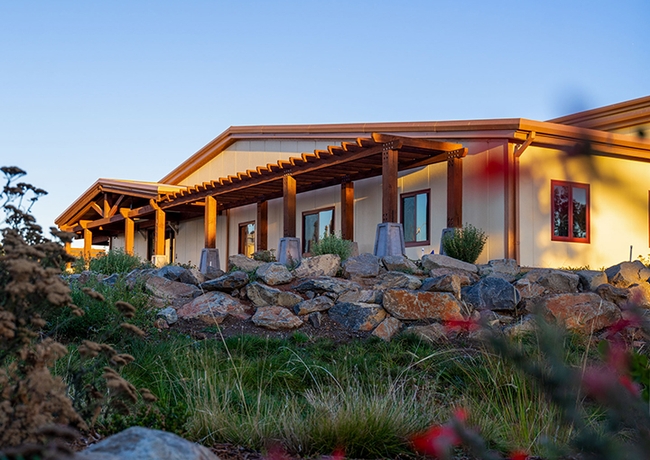
The newly constructed HIVE, owned by Z Specialty Food, Woodland. (Photo by Elizabeth Luu)

Napa Valley has its wine tasting rooms, but Northern California now as a honey and mead (honey wine) tasting room at The HIVE, Woodland. (Photo by Elizabeth Luu)
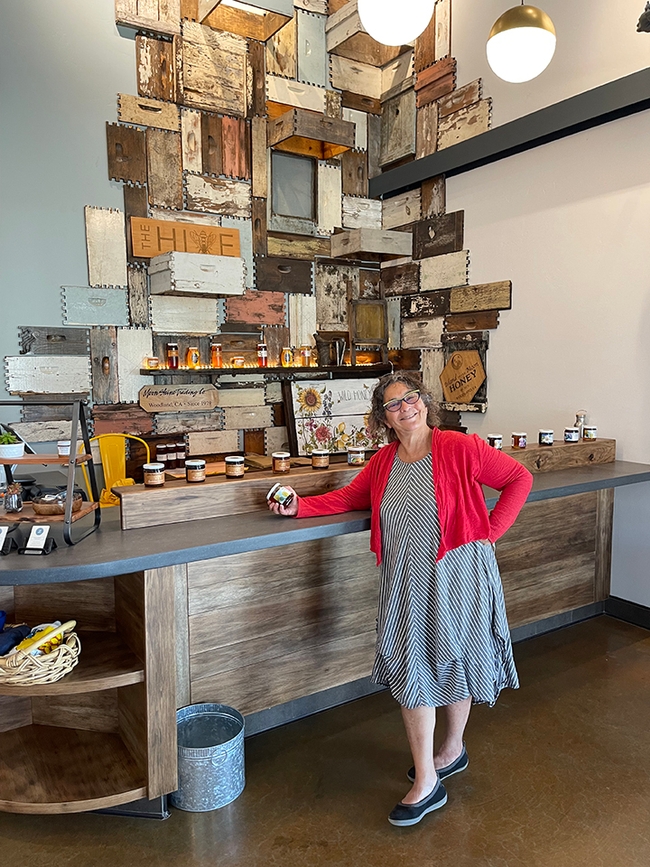
Amina Harris, the self-described "Queen Bee" of her family-owned Z Specialty Food, is photographed in the tasting room of The HIVE.
Once in a Lifetime Bloom
Is it a telephone pole? Is it giant asparagus? Just what is it?
A few months ago these two agave plants started sending out these giant spears. They resembled asparagus spears. Agave is related to asparagus but a distant relative. In Mexico, the blue agave core is fermented into tequila, before flowering the flower stalk can yield a sweet liquid which can also be fermented into an alcoholic drink called pulque. Does anyone have a homemade still?
Flowering indicates the end of the life for the agave. Outdoors can live 30-40 years even longer sometimes the agave is referred to as the century plant because it lives so long before it flowers. In Mexico, the agave is naturally pollinated by migrating cave-dwelling, long-nosed bats of the genus Leptoncleris. That's not likely to happen here, perhaps hummingbirds and bees will soon be flying around these plants.
The flowering phase can continue for several months. These probably will take a bit longer as no one is around to water the plants. Unfortunately, after flowering and pollination the stalk falls down as the plant loses energy to support the stalk. It sends out pups which are basically clones at the base to continue the circle of life.
One word of caution in handling or cutting the agave, I got contact dermatitis when my neighbor used a weed wacker on one of the lower growing agaves on this lawn. Always wear gloves, long sleeves, and contact your doctor if a rash develops.
References:
KQED Nature Series ”The Bat Man of Mexico”, Season 39 Episode 3. Documentary on the long nose bat and it's relationship to the tequila Agave.
www.webmd.com/allergies/features/itchy-plants




